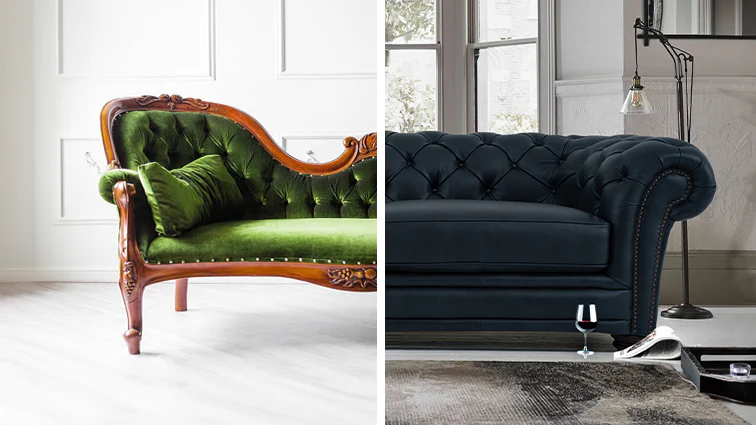Furniture design has continually evolved, reflecting societal changes, technological advancements, and cultural influences. This article provides a historical perspective on the evolution of furniture design, exploring how each era has contributed uniquely to the styles and functionalities we see today.
Ancient Influences
The journey of furniture design begins in ancient civilizations like Egypt, Greece, and Rome, where furniture was not only functional but also a symbol of status and power. For example, the ornate and structured designs of Roman furniture reflected their engineering prowess and societal hierarchy. Archaeological finds such as the intricate Egyptian foldable beds reveal early innovations in furniture functionality.
The Renaissance and Baroque Periods
Moving into the Renaissance, furniture design began to incorporate more artistic elements, mirroring the broader cultural awakening of the time. The Renaissance brought about a greater emphasis on aesthetics and comfort, evident in the detailed woodwork and luxurious materials used. The Baroque period followed, known for its extravagant and ornate furniture that symbolized wealth and power in Europe.
Industrial Revolution to Modernism
The Industrial Revolution marked a significant shift, making furniture available to the masses. It introduced the use of new materials like iron and later steel, which led to the production of less expensive but durable furniture. The 20th century brought Modernism, which emphasized functionality and simplicity, diverging sharply from previous decorative styles. Designers like Charles and Ray Eames and Eero Saarinen pioneered this movement with their innovative uses of materials and minimalist designs.
Postmodern and Contemporary Trends
Postmodernism in the late 20th century introduced a mix of styles, bringing back some historical elements while experimenting with form and function. Today, contemporary furniture design is a melting pot of styles, incorporating sustainable materials, advanced manufacturing techniques, and a return to handcrafted traditions in response to the mass-produced market.
Cultural Impact and Technological Innovations
Throughout history, cultural exchanges have significantly influenced furniture design. For instance, Asian influences can be seen in the minimalist and functional aspects of Western furniture. Technological innovations continue to drive furniture design forward, with advancements such as 3D printing and sustainable materials shaping the future of how furniture is designed and produced.
Conclusion
The history of furniture design is a fascinating reflection of human evolution, mirroring our societal changes, technological advancements, and cultural shifts. Understanding this history not only enriches our appreciation of furniture but also inspires contemporary designers to innovate and adapt historical wisdom for modern needs.
